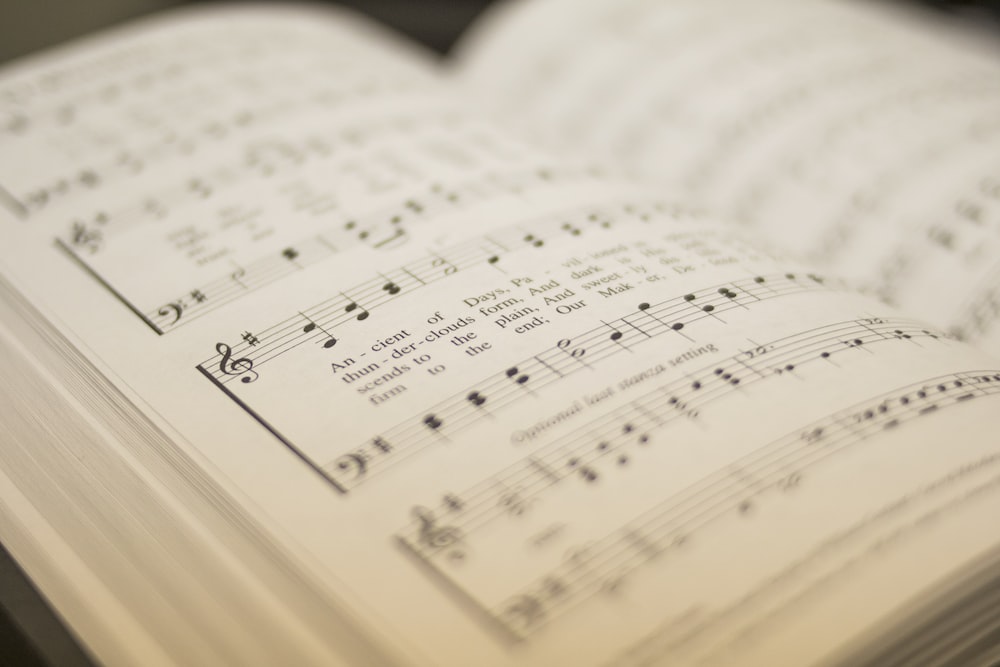Melody is the soul-stirring essence that weaves its way through the tapestry of music, capturing our emotions, evoking memories, and bringing joy to our hearts. It is the rhythmic heartbeat that guides our musical journey and sets the stage for a captivating experience. Whether it’s a hauntingly beautiful ballad or an upbeat, catchy tune, melody holds the power to transport us to another realm, sparking our imagination and stirring our deepest emotions.
The Essence of Melody:
At its core, melody is a sequence of musical tones that form a coherent and memorable musical line. It is the melody that we often find ourselves humming or whistling long after a song has ended. In its purest form, melody is a series of pitches arranged in a logical and expressive manner, creating a sense of movement and narrative within a piece of music.
A melody is like a story, with a beginning, middle, and end. It unfolds, taking us on a journey, guiding us through highs and lows, and leaving us with a sense of resolution or longing. It is the interplay of notes, intervals, and rhythms that give melody its unique character, allowing it to leave an indelible mark on our hearts and minds.
The Power of Emotion:
One of the remarkable qualities of melody is its ability to evoke emotions. A well-crafted melody has the power to make us feel joy, sadness, excitement, or nostalgia. It has the ability to touch the deepest recesses of our souls, transcending language and cultural barriers. Whether it’s the soaring melodies of classical symphonies, the heartfelt tunes of folk music, or the infectious hooks of pop songs, melody speaks a universal language that resonates with all of us.
Melody and Harmony:
Melody and harmony are like two inseparable companions in the world of music. While melody represents the horizontal aspect of music, moving from one note to another, harmony represents the vertical aspect, with multiple notes sounding together. Harmonies provide a rich backdrop against which melodies can shine, adding depth, color, and texture to the overall musical experience. The interplay between melody and harmony creates a harmonious balance that enriches our listening pleasure.
Melody’s Influence:
Melody has been an integral part of human expression since time immemorial. From ancient chants and tribal songs to classical symphonies and contemporary pop hits, melody has woven its way through different musical genres and cultures. It has shaped the way we perceive and experience music, leaving an indelible mark on our cultural heritage.
Furthermore, melody has also played a pivotal role in various fields beyond music. It has been used in therapeutic settings to soothe, heal, and uplift individuals. Melodic patterns have influenced the development of languages, poetry, and even the creation of memorable advertising jingles.
Melody is the beating heart of music, offering an enchanting and unforgettable experience. It has the power to move us, inspire us, and connect us on a deep emotional level. From the simplest nursery rhyme to the most intricate symphony, melodies have the ability to transcend time, culture, and language, uniting us in the universal language of music. So, the next time you find yourself tapping your foot or humming along to a tune, remember that it is the magic of melody that has captured your soul.
For helpful tips on crafting melodies that stick in your mind and improving your music, check out our knowledge base page on melody.










